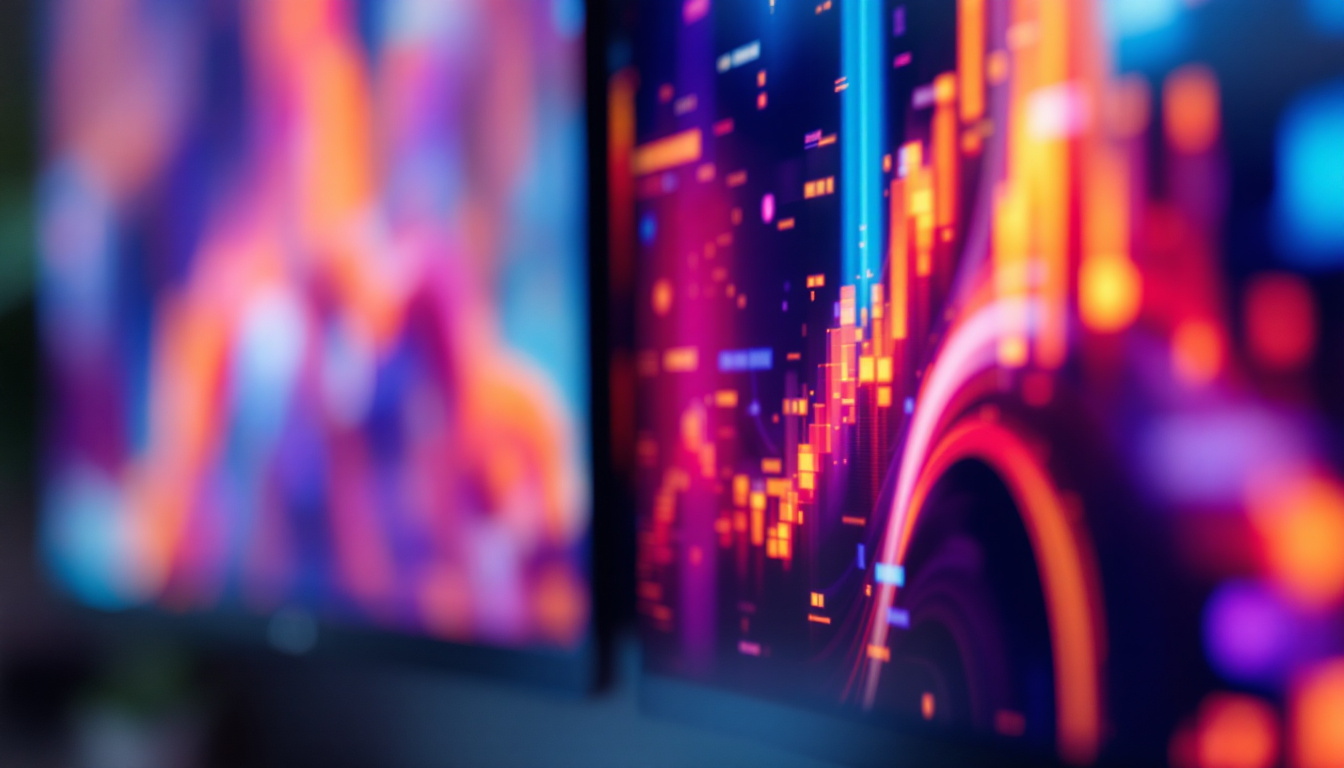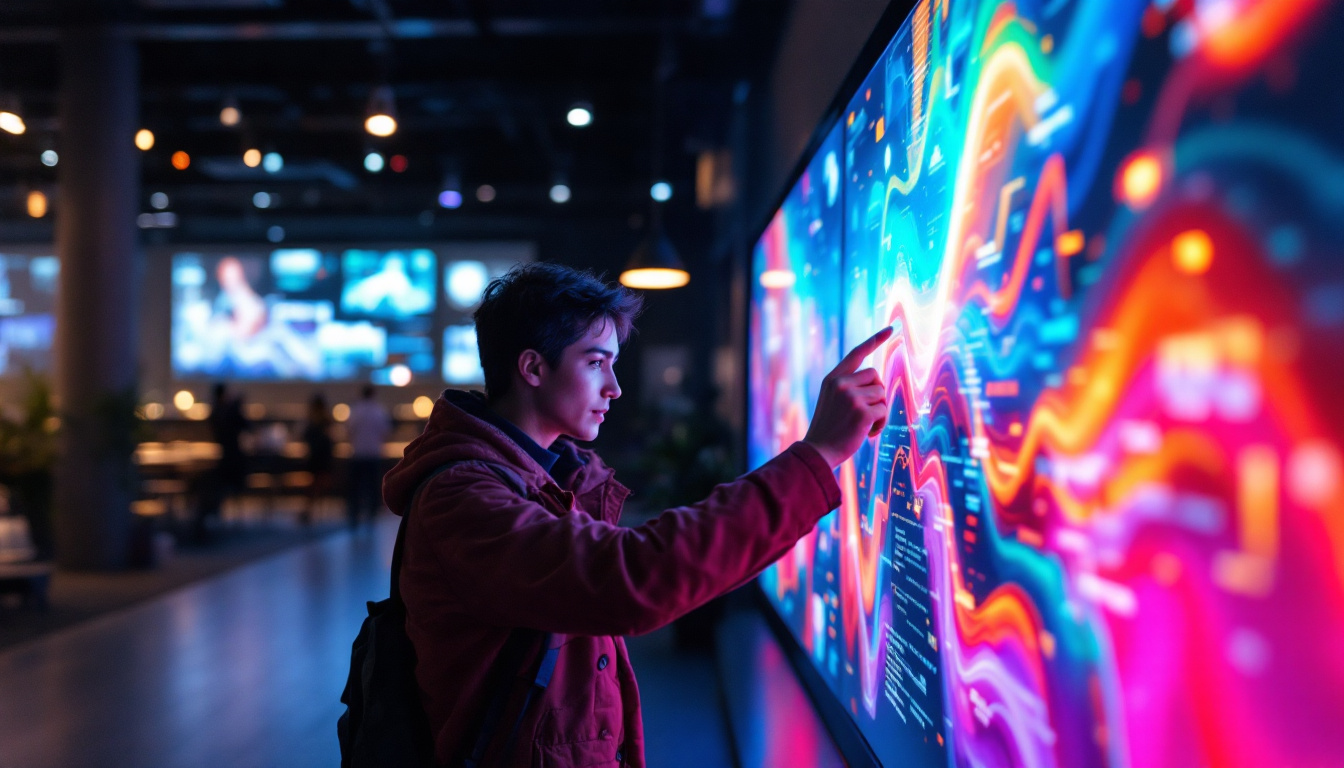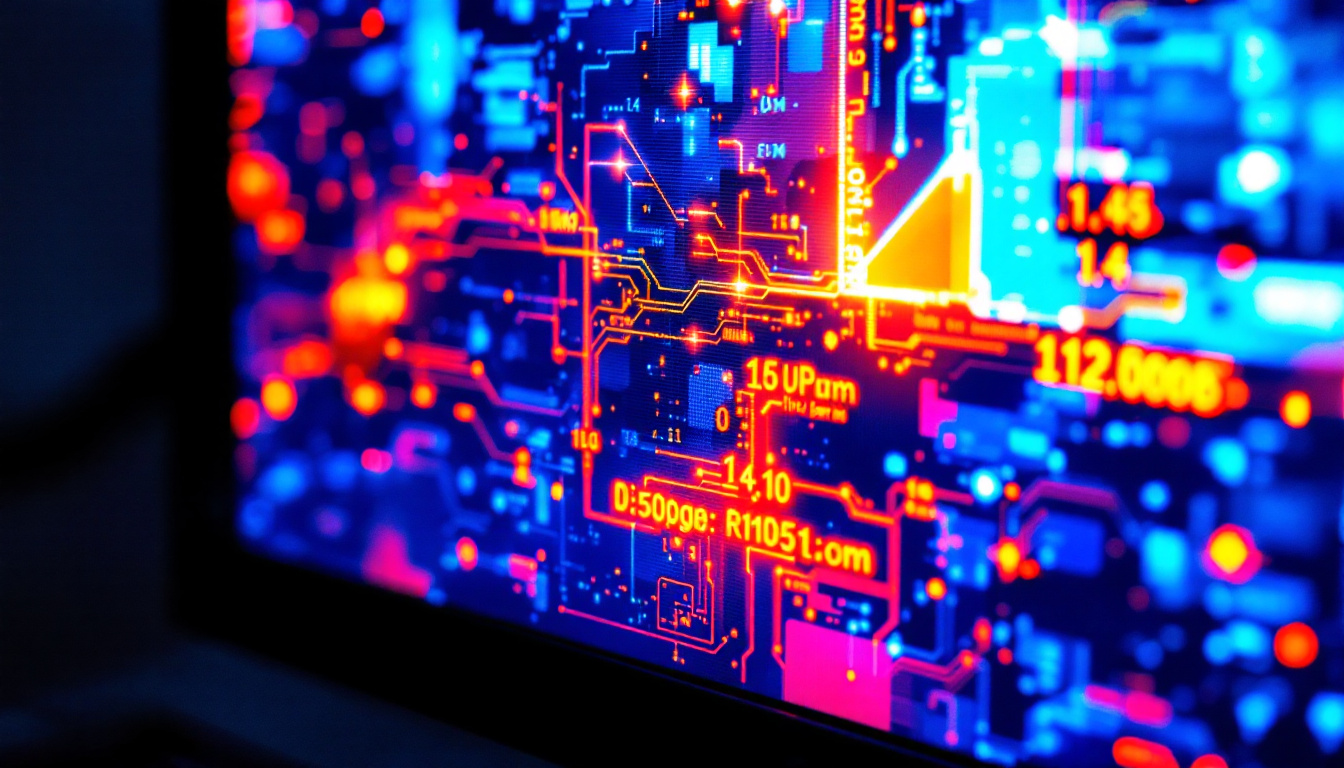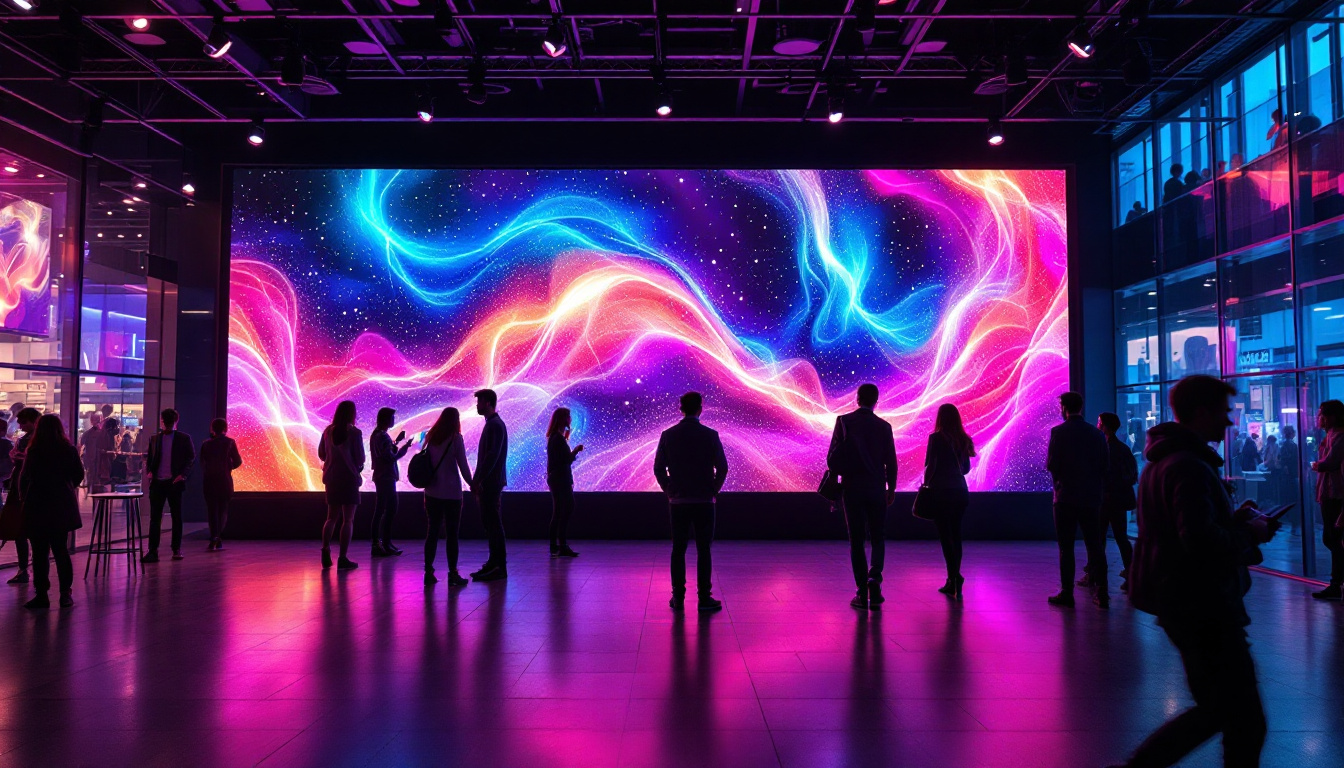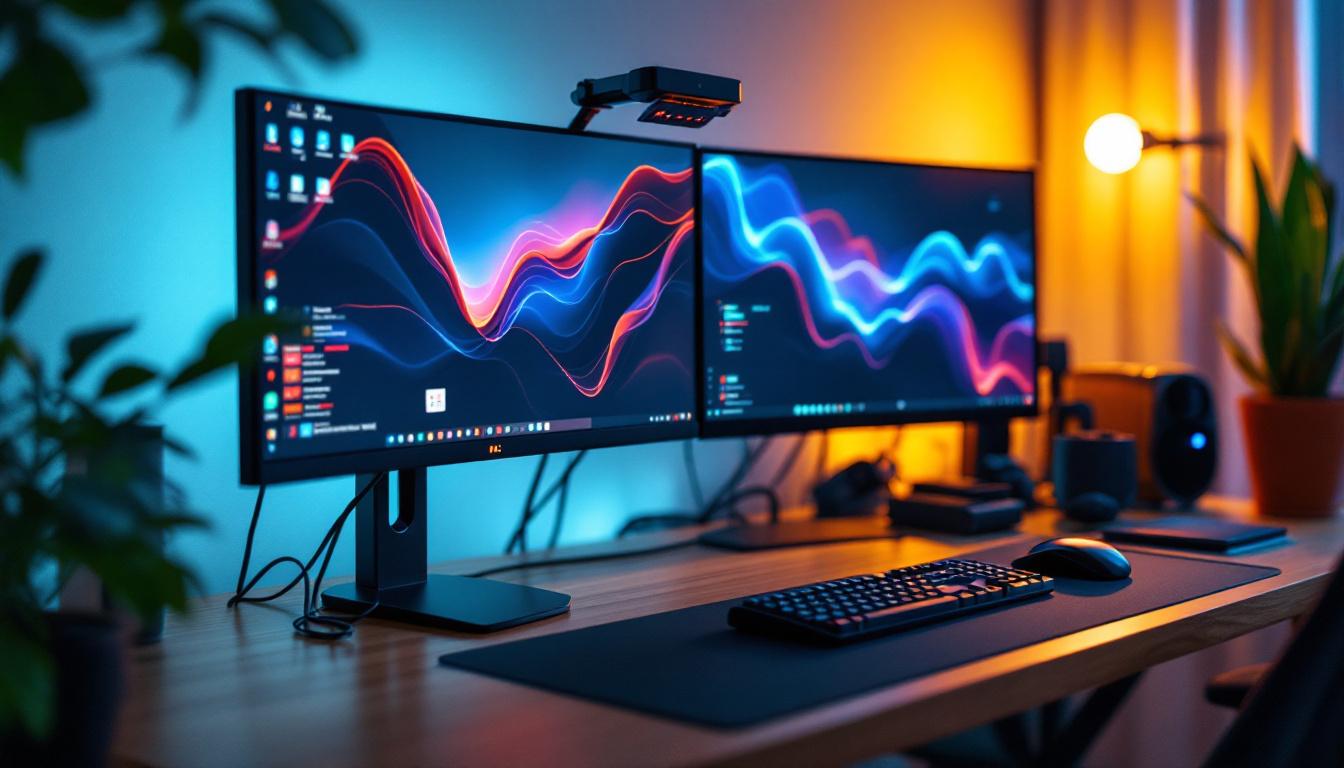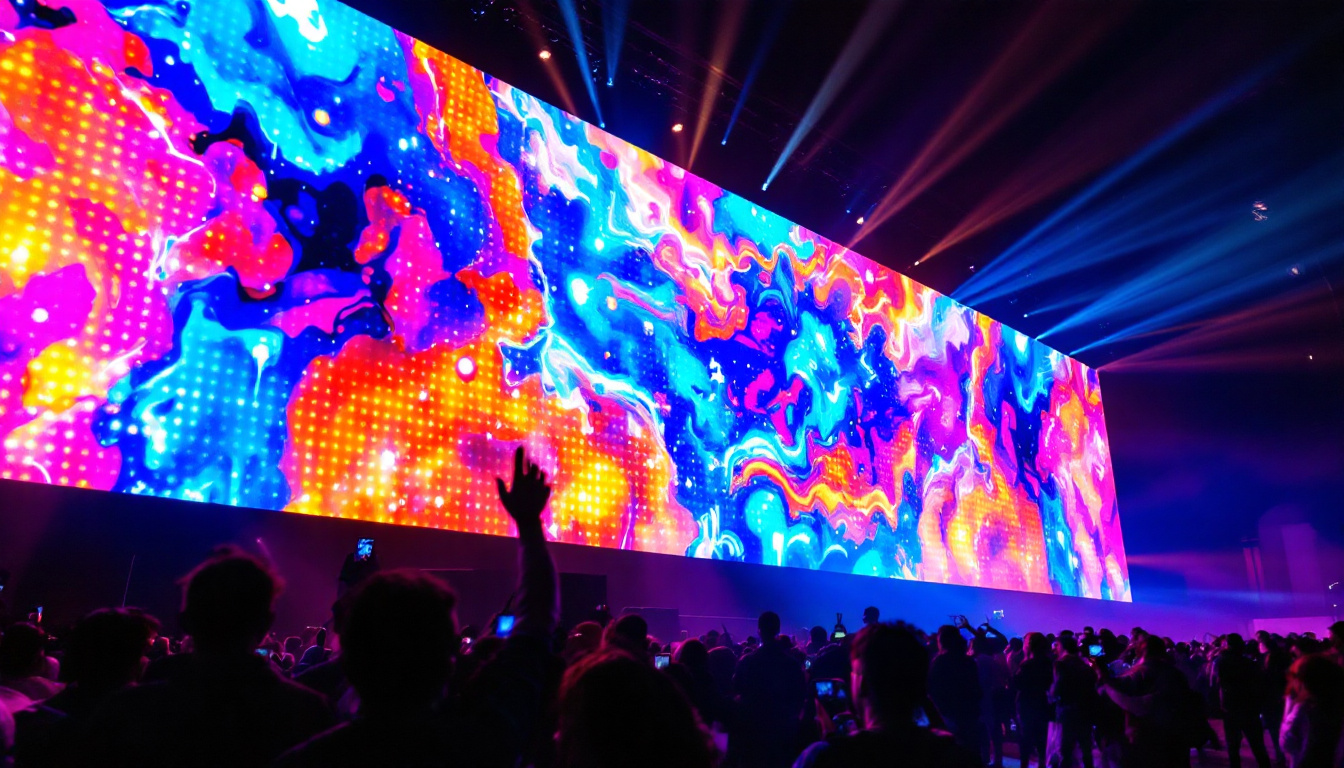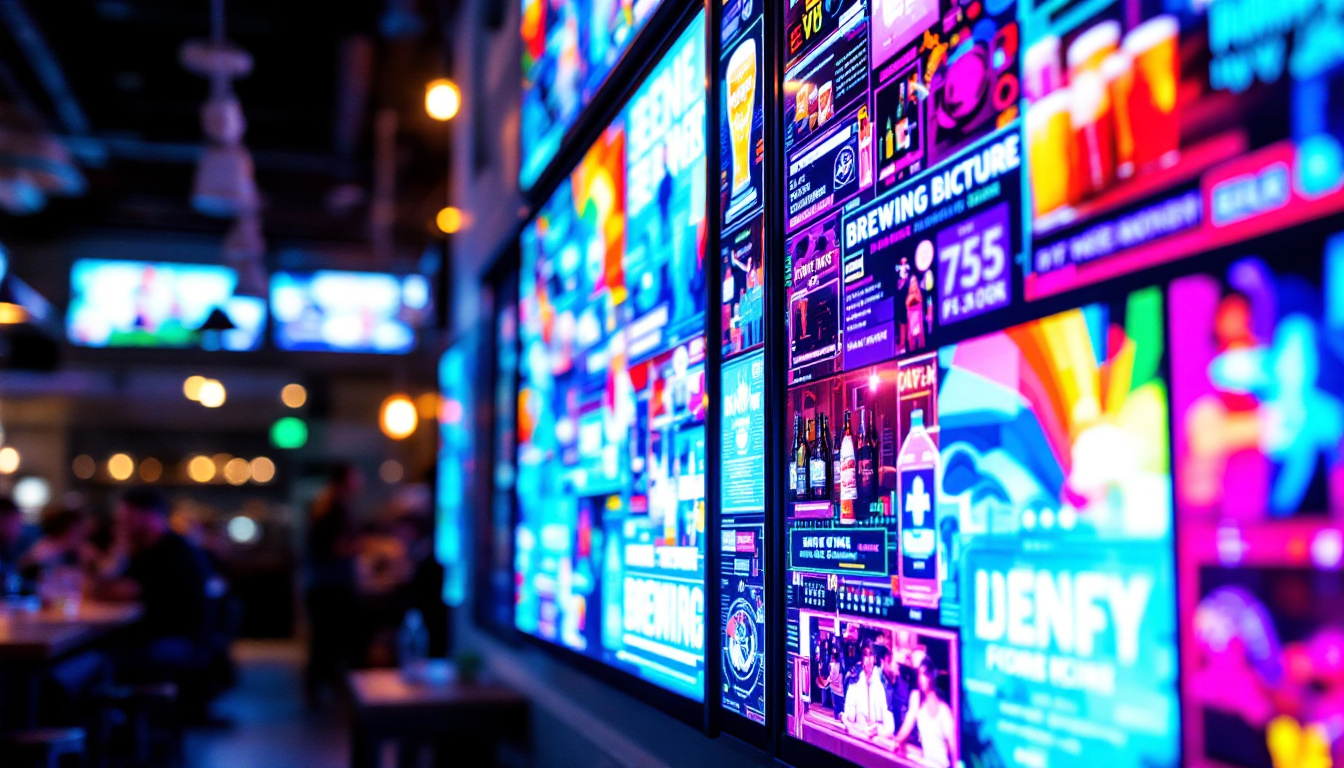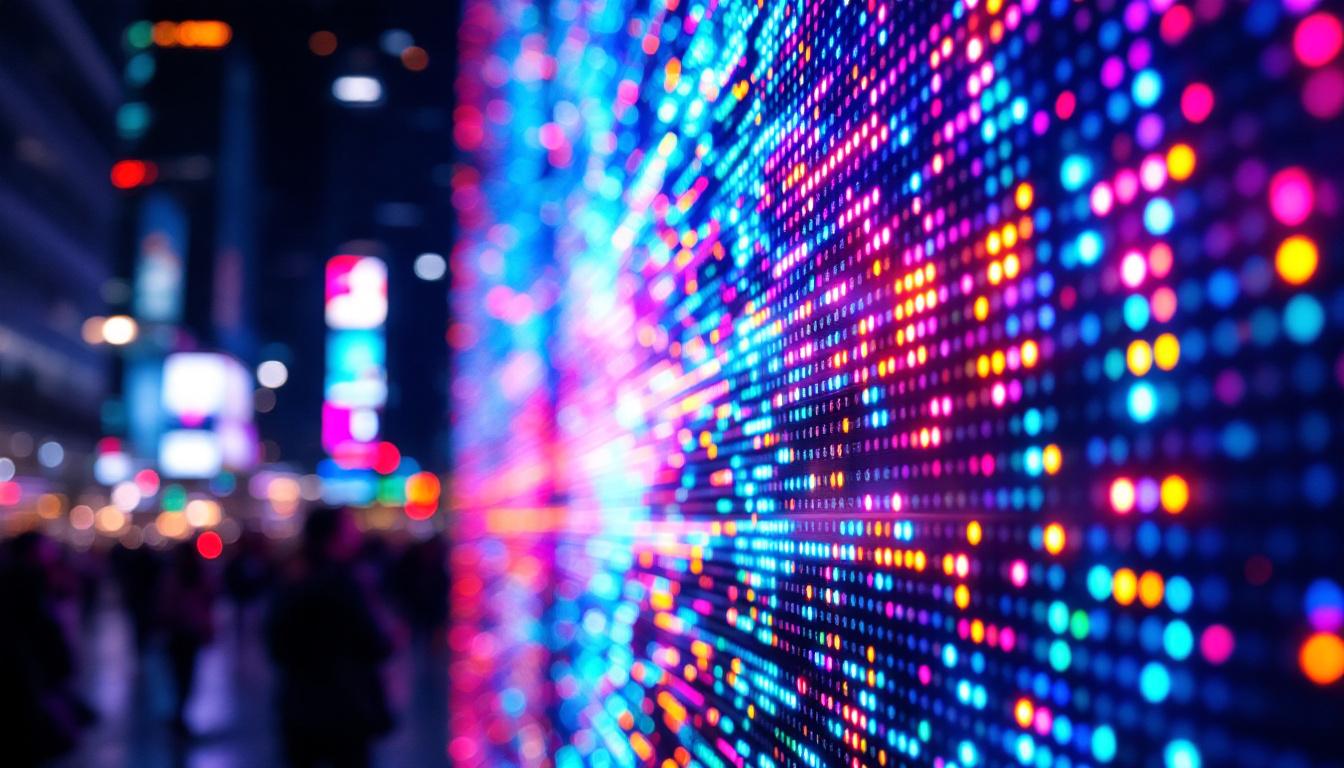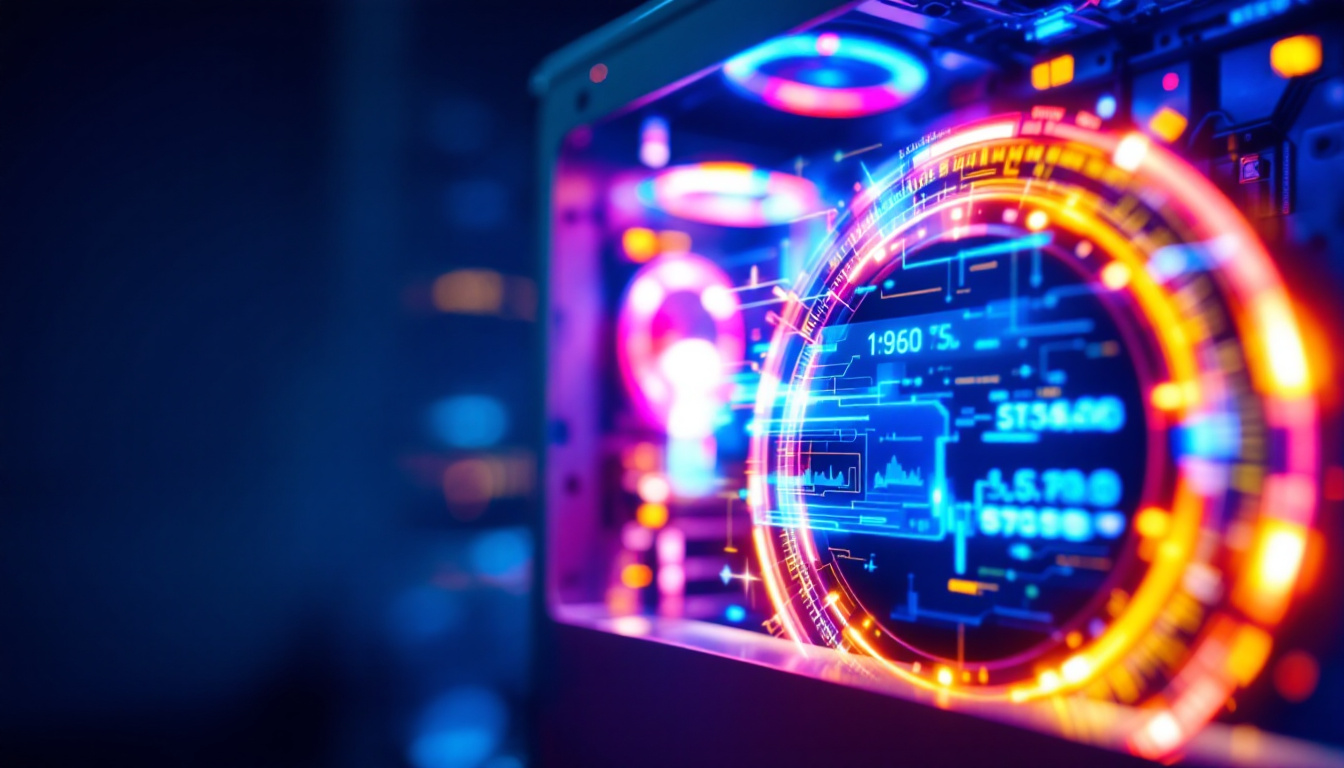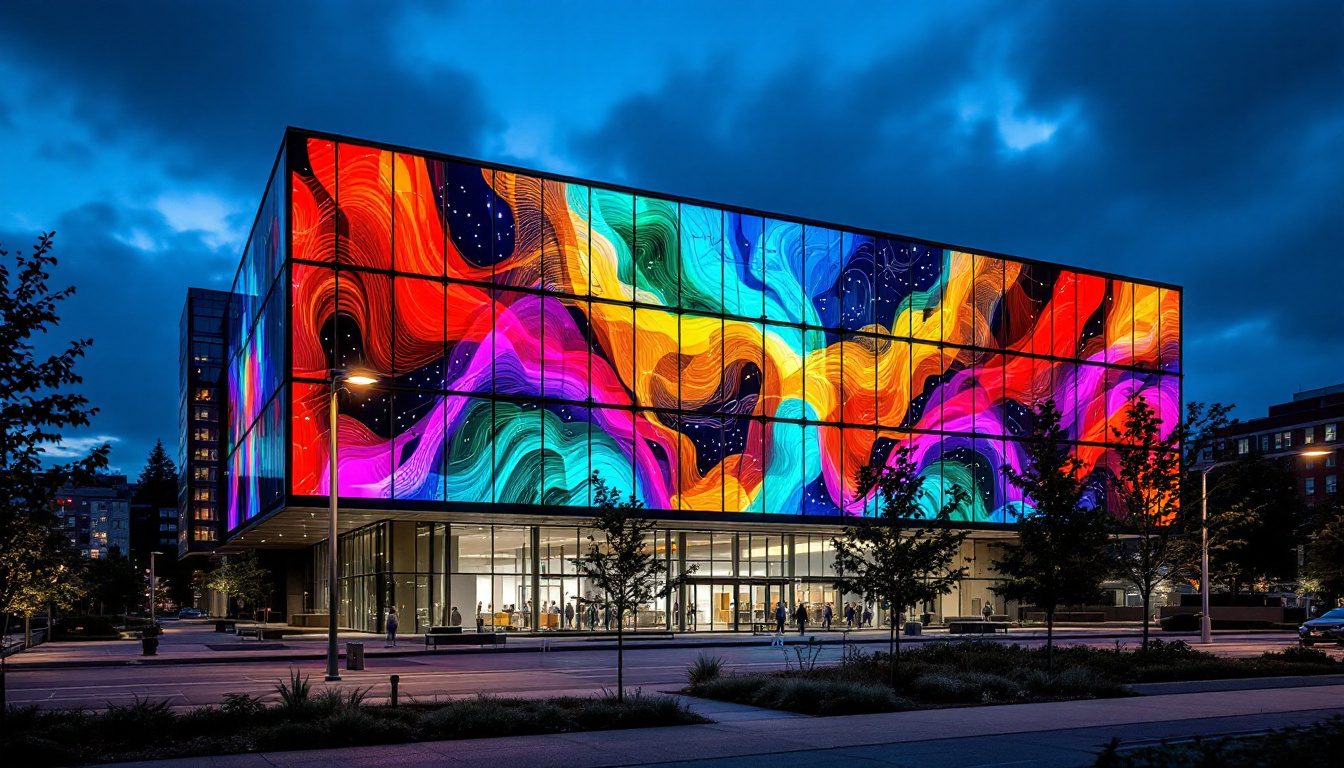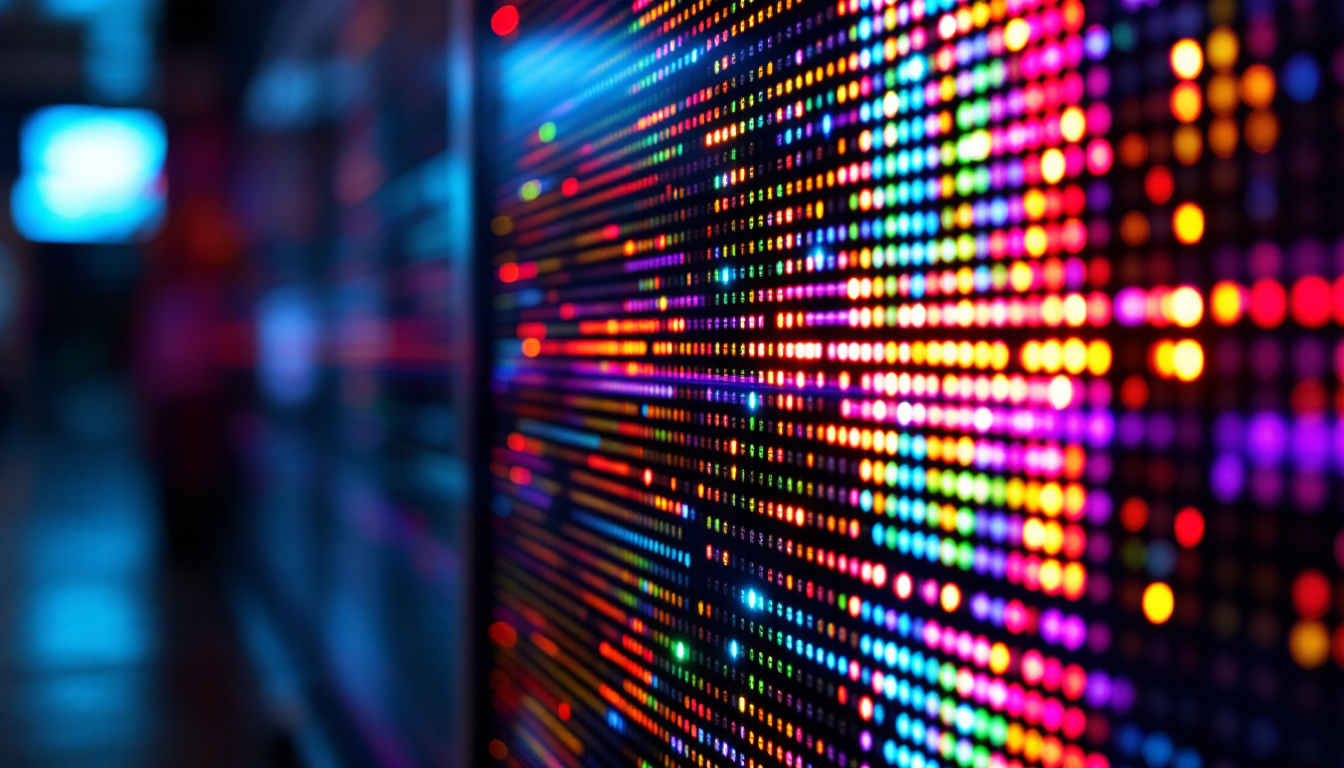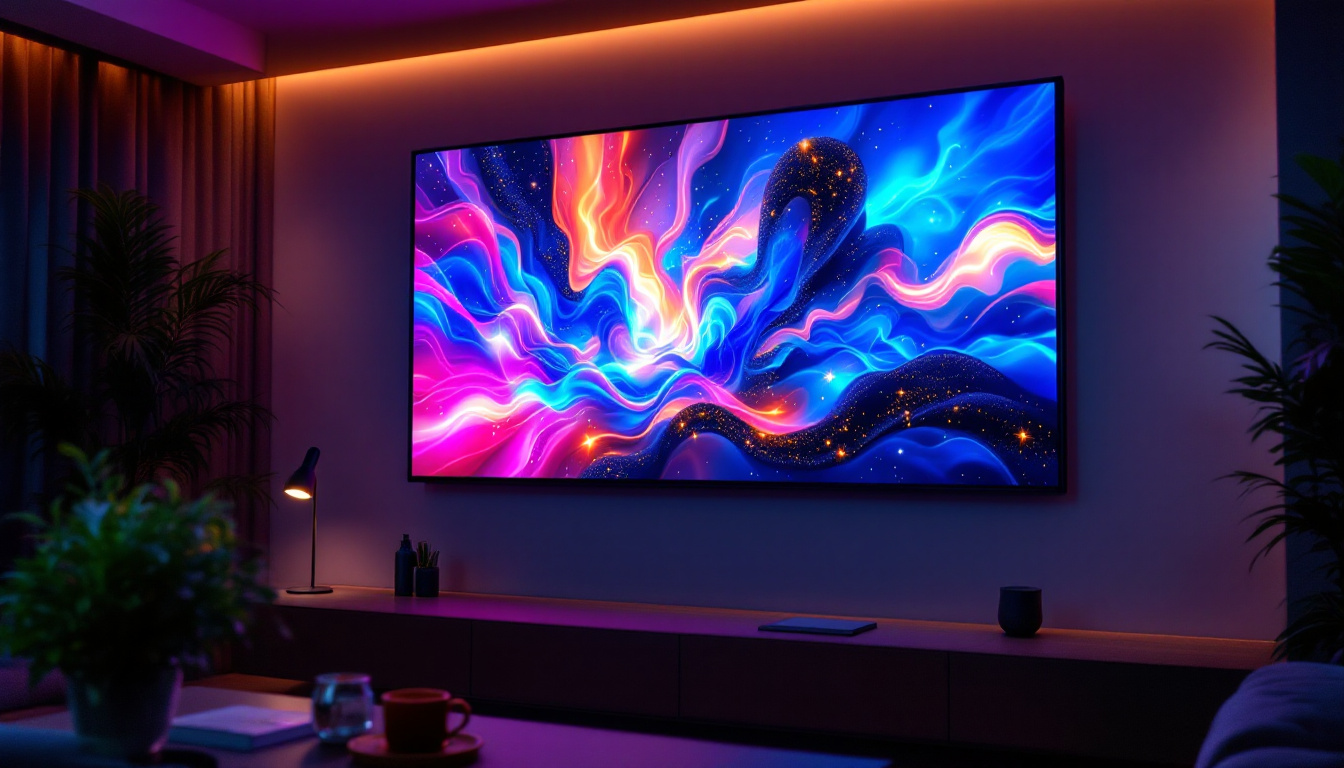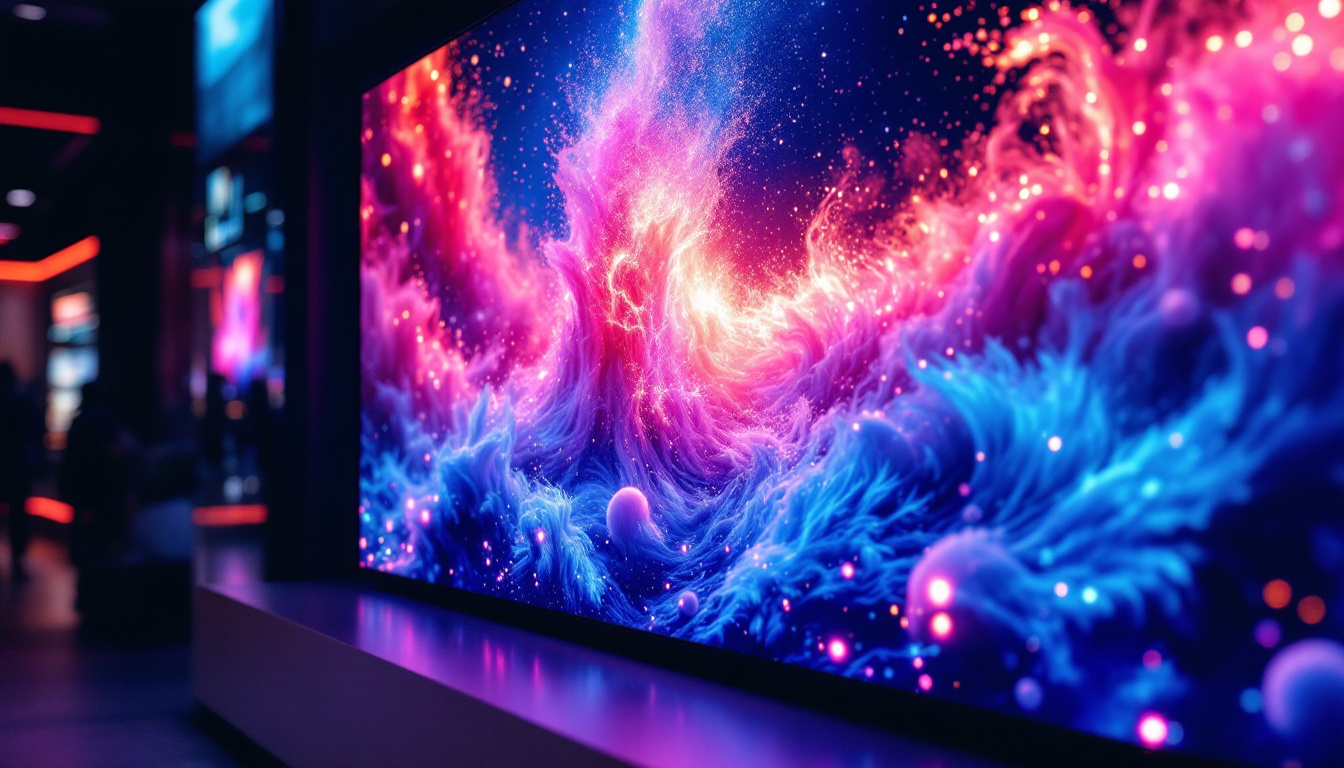In recent years, LED displays have revolutionized the way we experience entertainment in our homes. From vibrant colors to energy efficiency, these displays have become a staple in modern entertainment centers. This article delves into the intricacies of LED technology, its advantages, and how it enhances our viewing experiences.
Understanding LED Technology
Light Emitting Diodes (LEDs) are semiconductor devices that emit light when an electric current passes through them. This technology has been adapted for various applications, including television screens, computer monitors, and large-scale displays. Understanding the fundamentals of LED technology is essential to appreciate its impact on entertainment systems.
How LED Displays Work
LED displays function by utilizing a matrix of tiny light-emitting diodes. These diodes can produce different colors by combining red, green, and blue (RGB) lights. By adjusting the intensity of each color, a wide spectrum of colors can be created, allowing for stunning visuals. The arrangement of these diodes can vary, leading to different types of LED displays, such as direct-lit, edge-lit, and OLED.
In a direct-lit LED display, the diodes are placed directly behind the screen, providing uniform brightness and better contrast. Edge-lit displays, on the other hand, have LEDs positioned along the edges of the screen, which can lead to thinner designs but may sacrifice some brightness and uniformity. OLED (Organic LED) technology takes it a step further by using organic compounds that emit light, allowing for deeper blacks and more vibrant colors.
The Evolution of LED Displays
The journey of LED technology began in the early 1960s, primarily used for simple indicator lights. As technology advanced, LEDs found their way into larger displays, leading to the development of LED televisions in the late 2000s. The introduction of smart TVs further enhanced the capabilities of LED displays, integrating internet connectivity and advanced features.
Today, LED displays are not only found in televisions but also in digital signage, billboards, and even smartphones. This widespread adoption showcases the versatility and efficiency of LED technology, making it a preferred choice for various applications.
Advantages of LED Displays
LED displays offer numerous advantages over traditional display technologies, such as LCD and plasma screens. These benefits contribute to their popularity in entertainment centers and beyond.
Energy Efficiency
One of the most significant advantages of LED displays is their energy efficiency. Compared to traditional display technologies, LEDs consume less power, resulting in lower electricity bills and a reduced environmental impact. This efficiency is particularly important as consumers become more conscious of their energy consumption and its effects on the planet.
In addition to being energy-efficient, LED displays also have a longer lifespan. Most LED screens can last up to 50,000 hours or more, significantly reducing the need for frequent replacements. This longevity not only saves consumers money but also contributes to less electronic waste.
Superior Picture Quality
LED displays are renowned for their superior picture quality. With higher brightness levels, better contrast ratios, and vibrant color reproduction, they provide a more immersive viewing experience. The ability to display deep blacks and bright whites enhances the overall quality of the image, making it ideal for watching movies, playing video games, or enjoying sports.
Moreover, advancements in LED technology, such as HDR (High Dynamic Range), have further improved picture quality. HDR allows for a broader range of colors and brightness levels, resulting in more lifelike images that captivate viewers.
Versatility and Customization
LED displays are incredibly versatile, making them suitable for various applications. From large outdoor billboards to compact screens for personal use, the adaptability of LED technology is unmatched. This versatility extends to customization options, allowing consumers to choose from a wide range of sizes, resolutions, and designs to fit their specific needs.
Furthermore, LED displays can be easily integrated with smart home systems, allowing for seamless control and automation. This integration enhances the user experience, making it easier to manage entertainment systems and create the perfect viewing environment.
Choosing the Right LED Display for Your Entertainment Center
When selecting an LED display for an entertainment center, several factors should be considered to ensure the best experience. understanding these factors can help consumers make informed decisions that align with their preferences and requirements.
Screen Size and Resolution
The size of the screen is one of the most critical factors in choosing an LED display. It should be proportional to the viewing distance and the size of the room. A larger screen may be more immersive, but it can also overwhelm smaller spaces. Additionally, resolution plays a vital role in picture quality. Higher resolutions, such as 4K or 8K, provide sharper images and finer details, enhancing the overall viewing experience.
For optimal results, consider the room’s layout and the distance from which viewers will watch the screen. A common guideline is to sit at a distance of 1.5 to 2.5 times the screen size for the best viewing experience.
Display Type and Features
As mentioned earlier, there are different types of LED displays, each with its unique characteristics. Consumers should consider whether they prefer a direct-lit, edge-lit, or OLED display based on their viewing habits and preferences. Additionally, features such as smart capabilities, HDR support, and refresh rates can significantly impact the overall performance of the display.
Smart TVs, for instance, offer built-in streaming services and apps, eliminating the need for additional devices. HDR support enhances color and contrast, making images more vibrant and lifelike. A higher refresh rate can improve motion clarity, which is particularly beneficial for fast-paced content like sports and action movies.
Budget Considerations
Budget is an essential factor when selecting an LED display. Prices can vary significantly based on screen size, resolution, and features. It is crucial to establish a budget before shopping to narrow down options and avoid overspending.
While it may be tempting to opt for the cheapest option, it is essential to balance cost with quality. Investing in a higher-quality display can lead to a better viewing experience and longer lifespan, ultimately providing better value for money in the long run.
Setting Up Your LED Display
Once the right LED display has been chosen, the next step is to set it up properly. A well-planned setup can enhance the viewing experience and ensure optimal performance.
Optimal Placement
Placement is crucial when it comes to maximizing the benefits of an LED display. The screen should be positioned at eye level to reduce strain and provide a comfortable viewing angle. Additionally, consider the room’s lighting conditions. Avoid placing the display in direct sunlight or in areas with excessive glare, as this can affect visibility and picture quality.
For larger screens, mounting the display on the wall can save space and create a clean look. Wall mounts should be sturdy and adjustable to ensure the screen is at the right height and angle. Alternatively, using a media console can provide additional storage for devices and accessories while keeping the display at an appropriate height.
Connecting Devices
Modern LED displays often come equipped with various connectivity options, including HDMI, USB, and Wi-Fi. Ensuring that all devices are connected correctly is essential for seamless operation. HDMI is the most common connection for high-definition devices, such as gaming consoles and Blu-ray players.
For a more organized setup, consider using cable management solutions to keep cords tidy and prevent clutter. This not only enhances the aesthetic appeal of the entertainment center but also makes it easier to access devices when needed.
Calibration and Settings
After setting up the display, calibrating the settings can significantly improve picture quality. Most LED displays come with preset modes, such as cinema, sports, or gaming, which can be adjusted based on personal preferences. Fine-tuning brightness, contrast, and color settings can enhance the viewing experience, making it more enjoyable.
Additionally, regularly updating the display’s firmware can ensure optimal performance and access to new features. Many modern displays offer automatic updates, making it easy to keep the system up to date.
Maintaining Your LED Display
Proper maintenance is crucial to prolonging the life of an LED display and ensuring consistent performance. Regular care can prevent issues and keep the display looking its best.
Cleaning the Screen
Dust and fingerprints can accumulate on the screen, affecting picture quality. To clean the display, use a microfiber cloth and a gentle cleaning solution specifically designed for electronics. Avoid using harsh chemicals or abrasive materials, as these can damage the screen.
It is advisable to clean the screen regularly, especially in households with pets or children, where smudges and dirt can be more prevalent. Additionally, maintaining a dust-free environment around the display can help prevent debris from settling on the screen.
Checking Connections
Periodically checking the connections between devices can help identify any potential issues. Loose cables can lead to signal loss or poor picture quality. Ensuring that all connections are secure and free from damage can prevent frustrating interruptions during viewing.
Furthermore, keeping the software and firmware updated can enhance performance and fix any bugs that may arise. Many displays offer notifications for available updates, making it easy to stay current.
Protecting Your Investment
Investing in a quality LED display is a significant decision, and protecting that investment is essential. Consider using a surge protector to safeguard against power surges that can damage electronic devices. Additionally, avoid placing heavy objects on or near the display to prevent accidental damage.
For households with young children or pets, consider using a protective screen cover to prevent scratches and other damage. This simple addition can extend the life of the display and keep it looking new for longer.
The Future of LED Displays
As technology continues to evolve, the future of LED displays looks promising. Innovations in display technology are expected to enhance picture quality, energy efficiency, and user experience.
Advancements in Display Technology
Future developments in LED technology may include improvements in resolution, with 16K displays already on the horizon. Additionally, advancements in microLED technology promise to deliver even better color accuracy and contrast, making displays more lifelike than ever before.
Furthermore, the integration of artificial intelligence in display technology may lead to smarter TVs that can learn user preferences and optimize settings automatically. This level of personalization could revolutionize the way viewers interact with their entertainment systems.
Environmental Considerations
With growing concerns about environmental sustainability, the future of LED displays will likely focus on eco-friendly manufacturing processes and materials. Companies are increasingly prioritizing energy-efficient designs and recyclable components to reduce their environmental footprint.
As consumers become more environmentally conscious, the demand for sustainable products will drive innovation in the LED display market, leading to a greener future for entertainment technology.
Conclusion
LED displays have transformed the way we experience entertainment, offering superior picture quality, energy efficiency, and versatility. Understanding the technology behind these displays and how to choose, set up, and maintain them can enhance the viewing experience significantly.
As technology continues to advance, the future of LED displays holds exciting possibilities, promising even more immersive and engaging experiences for viewers. Embracing this technology not only enhances home entertainment but also contributes to a more sustainable future.
Discover LumenMatrix LED Display Solutions
Ready to elevate your entertainment experience with the latest in LED display technology? Look no further than LumenMatrix, where innovation meets visual excellence. Our extensive range of LED display modules, from Indoor and Outdoor LED Wall Displays to specialized solutions like Vehicle LED Displays and LED Sports Displays, is designed to bring your viewing to life. Whether you’re looking to create a dynamic home entertainment center or captivate an audience with Custom and All-in-One LED Displays, LumenMatrix has the cutting-edge technology to transform your space. Don’t miss out on the future of visual communication. Check out LumenMatrix LED Display Solutions today and see your world in a whole new light.


